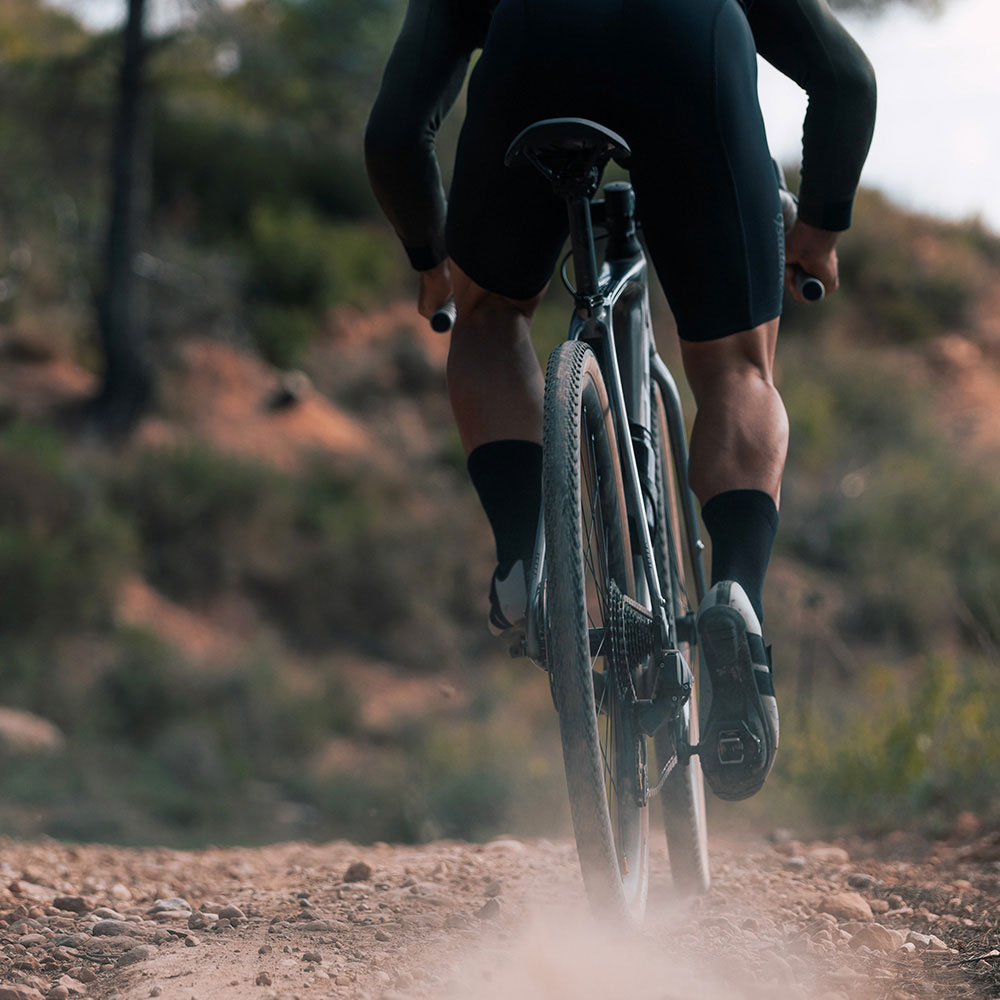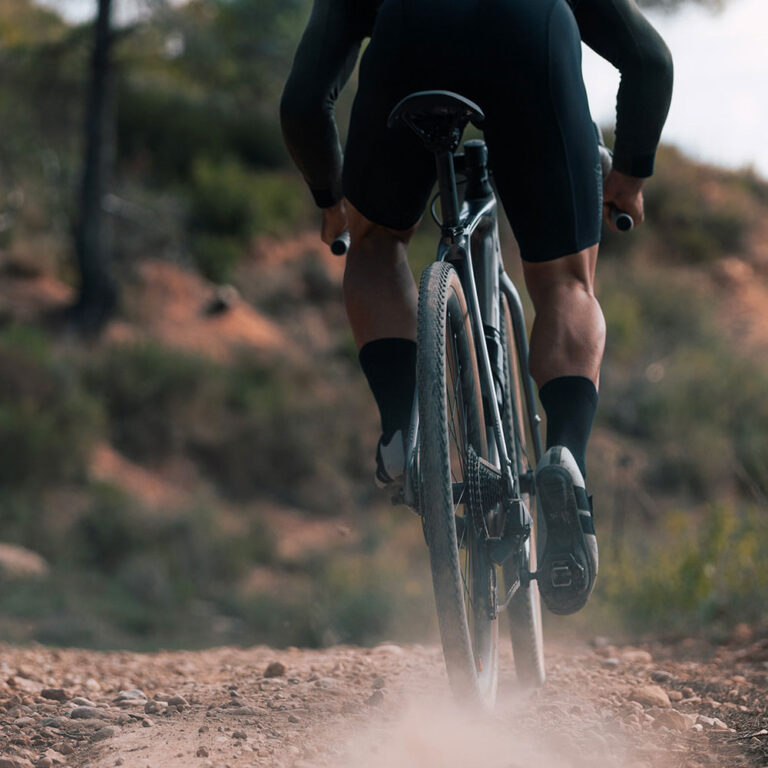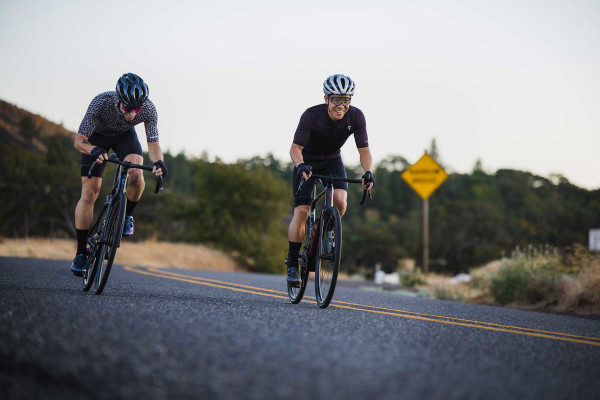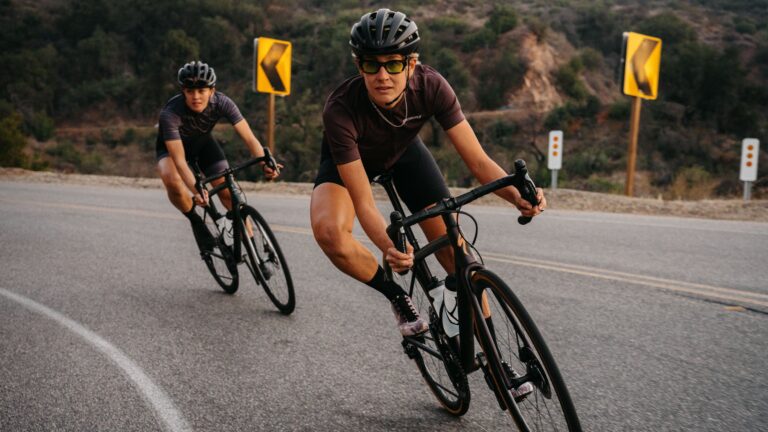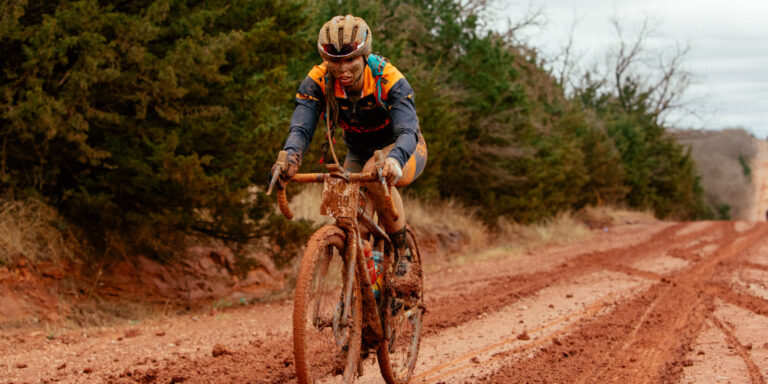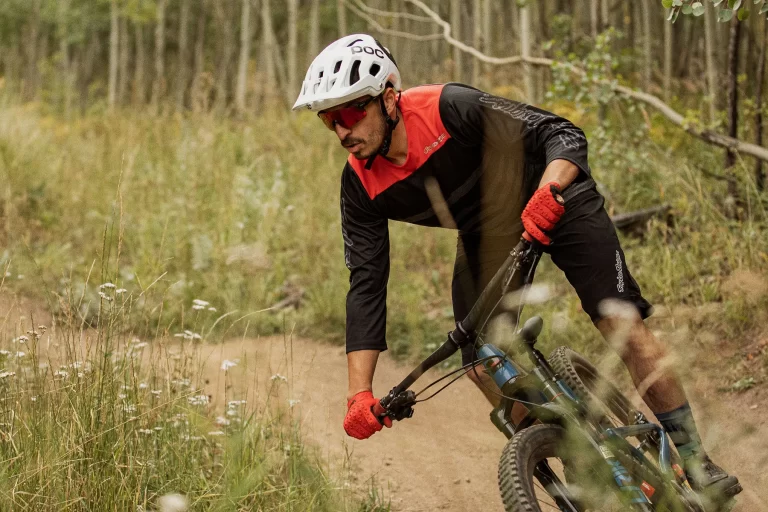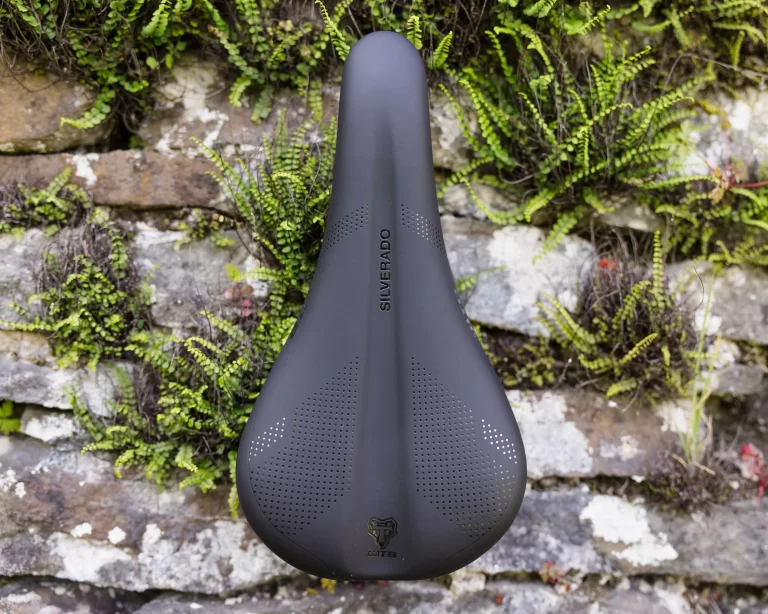Finding Your Perfect Match: A Guide to Choosing a Saddle for Gravel Racing
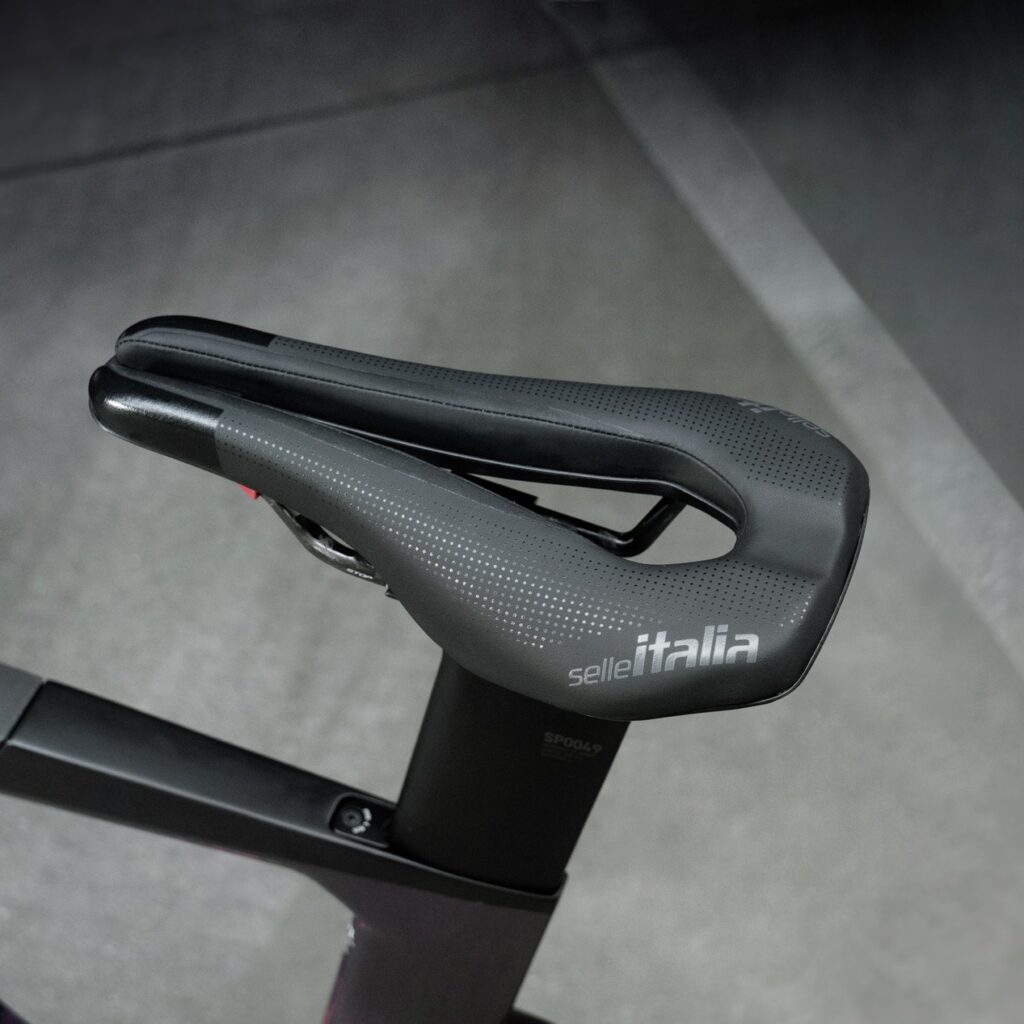
Key Point Summary of Choosing a Saddle for Gravel Racing:
- Selecting the Right Saddle for Gravel Racing: Focus on comfort, durability, and compatibility with gravel riding.
- Comfort is Crucial: Importance of a comfortable saddle for long gravel races.
- Durability and Materials: Choosing saddles made of durable materials suited for the rigors of gravel riding.
- Finding the Perfect Fit: Importance of finding a saddle that fits your body shape and riding style.
- Additional Considerations: Looking into saddle features like cutouts, padding, and width.
- Trial and Adjustment: The value of testing different saddles and making necessary adjustments for the best fit.
When it comes to gravel racing, your choice of saddle can make a significant difference in your riding experience. As someone who has spent a considerable amount of time racing and riding on various terrains, including mountain, gravel, and cyclocross, I understand the importance of selecting the right saddle for gravel racing.
Comfort: The Top Priority
Gravel races can be long and grueling, often taking place on rough, uneven terrain. A comfortable saddle is key to enduring these conditions. It’s not just about the softness of the padding but also about how well the saddle fits your sit bones. The wrong saddle can lead to discomfort, chafing, and even pain, which can severely impact your performance and enjoyment of the race.
Durability Matters
Gravel racing puts a lot of stress on your gear, and the saddle is no exception. You need a saddle that’s built to withstand the rigors of gravel riding. Materials like reinforced carbon or alloy rails and tough, abrasion-resistant covers are common in gravel-specific saddles. They offer the resilience needed for the harsh conditions of gravel racing.
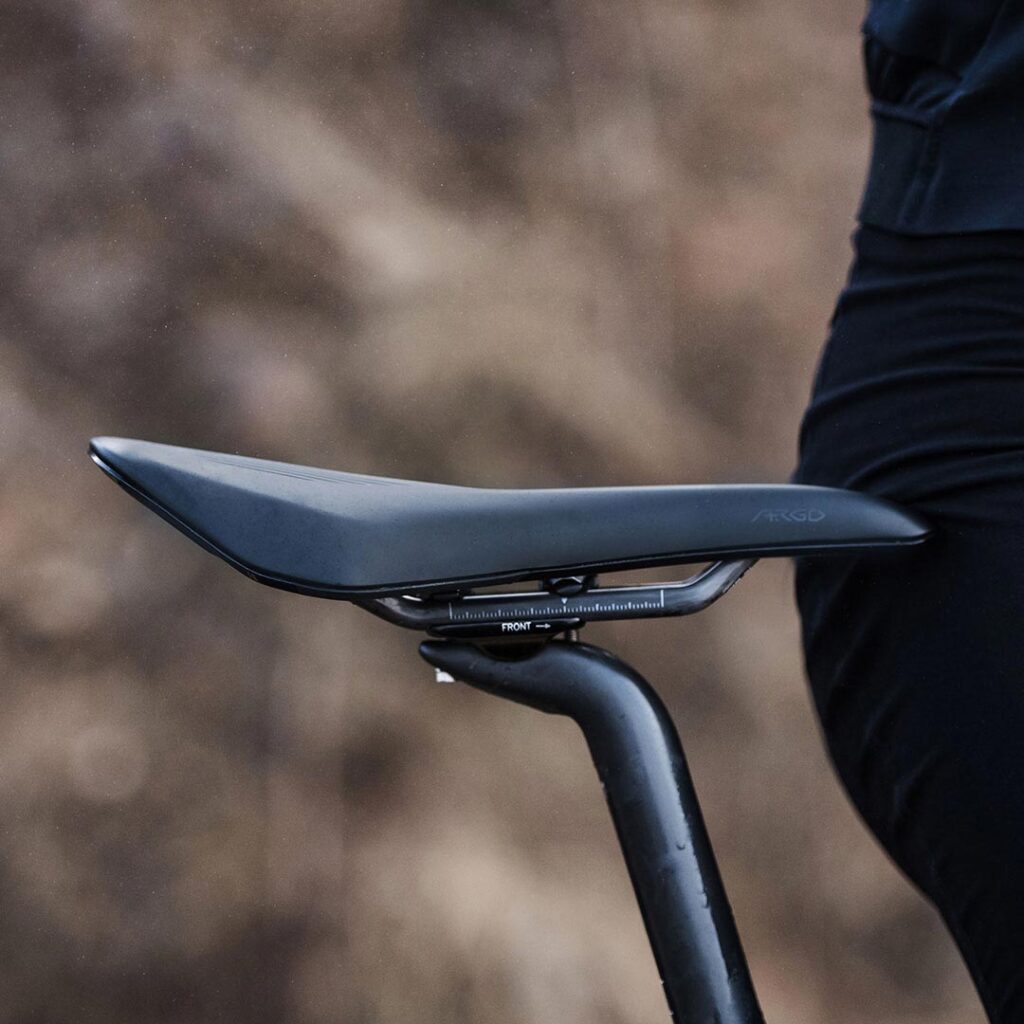
The Right Fit for Your Body
Everyone’s anatomy is different, which means there’s no one-size-fits-all solution when it comes to saddles. Factors like your sit bone width, flexibility, and riding position all play a crucial role in determining the right saddle. Many cyclists find saddles with a cutout or groove in the middle more comfortable, as they reduce pressure on sensitive areas.
Consider Saddle Features
Beyond the basic shape and material, other features can contribute to saddle comfort and performance. These include the width of the saddle, the shape of the nose, the type and placement of padding, and even features like shock absorbers for extra bumpy terrain.
Trial and Error is Key
One of the best pieces of advice I can give is to try out different saddles. Many bike shops offer demo programs where you can test saddles on your bike. It’s also important to give yourself time to adjust to a new saddle. What might feel uncomfortable in the first hour can turn out to be the perfect fit in the long run.
Making Adjustments
Fitting a saddle isn’t just about choosing the right model; it’s also about proper positioning on your bike. Even the best saddle won’t feel right if it’s not correctly adjusted. This includes the saddle’s height, angle, and fore-aft position. Small adjustments can make a big difference in comfort and efficiency.
Gender-Specific Design
Many brands now offer gender-specific saddles designed to fit the anatomical differences between male and female riders. These differences can significantly impact comfort, especially over long gravel races.
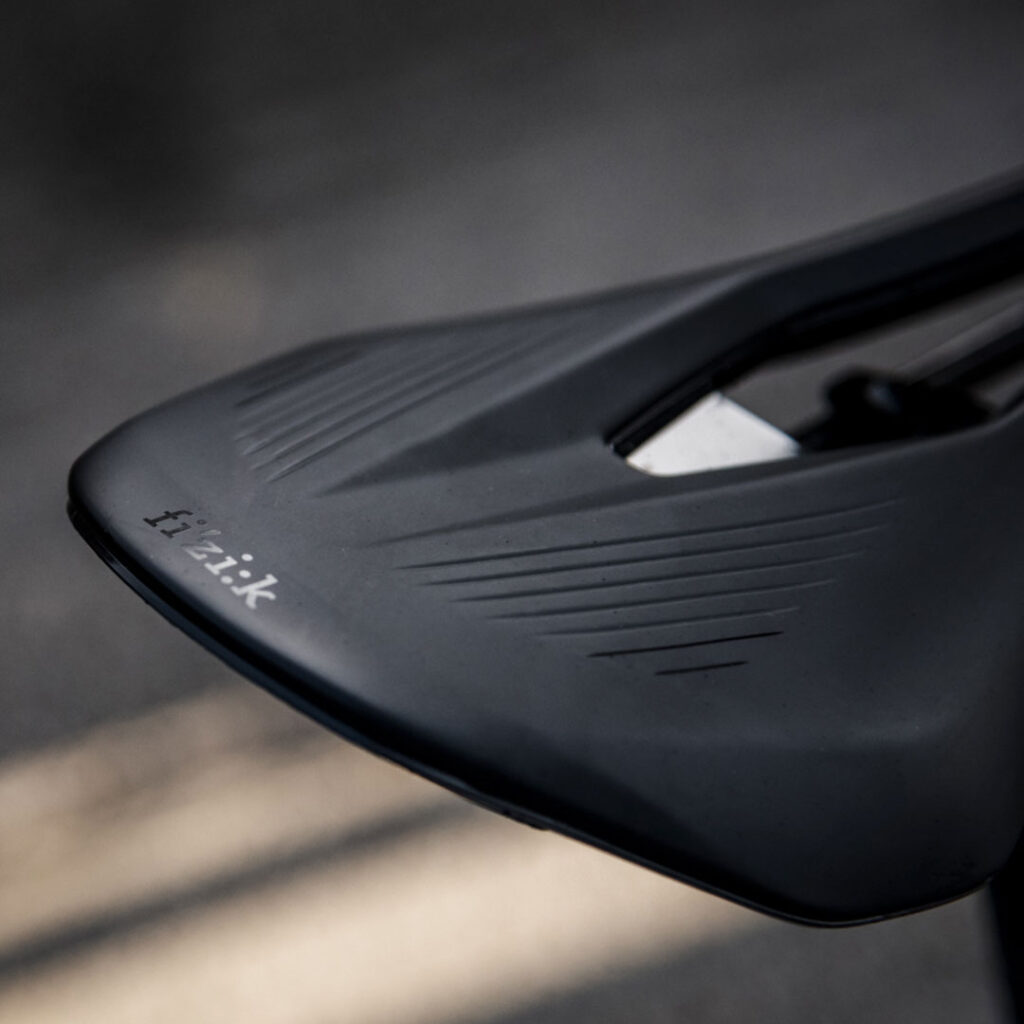
Impact of Bike Geometry
The geometry of your gravel bike can affect how a saddle feels. Gravel bikes often have a more upright position compared to road bikes, which can change how pressure is distributed on the saddle.
Personal Riding Style
Your riding style plays a crucial role in saddle selection. Some riders prefer a more aggressive, forward position, requiring a different saddle shape than those who ride more upright.
Padding vs. Support Balance
It’s a common misconception that more padding equals more comfort. In reality, the right amount of support with minimal padding can often be more comfortable, especially for longer rides where excessive padding can lead to chafing.
Material Considerations
Aside from the cover material, the saddle’s base and padding materials are also important. Memory foam or gel can offer additional comfort, while a flexible base can adapt to your movements.
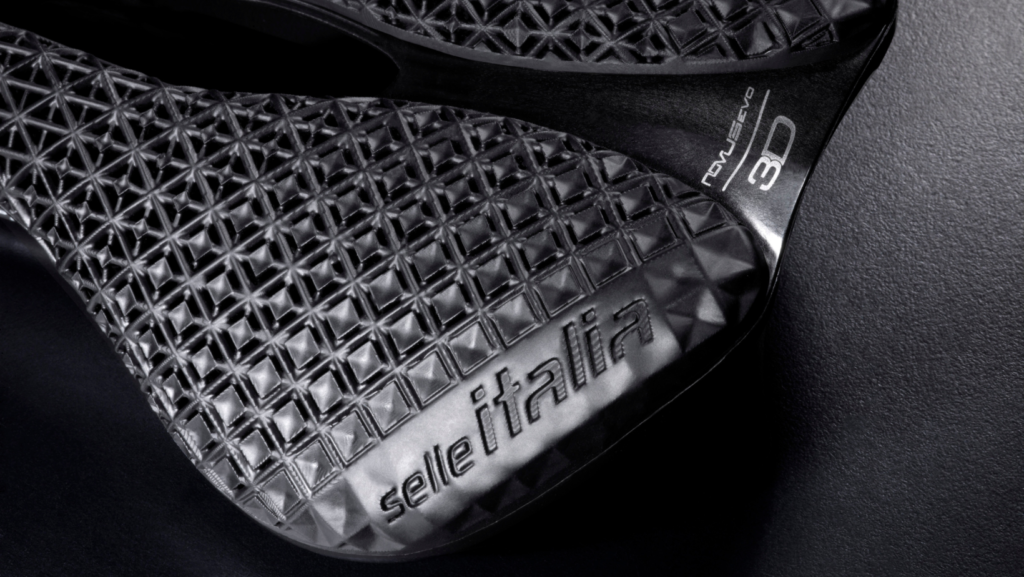
Saddle Rails Material
The material of the saddle rails can impact not only durability but also overall comfort. Carbon rails, for example, offer a degree of shock absorption over rough terrain.
Professional Fitting Services
If you’re struggling to find the right saddle, consider a professional bike fitting. Experts can measure your sit bones and recommend saddles based on your specific body geometry and riding style.
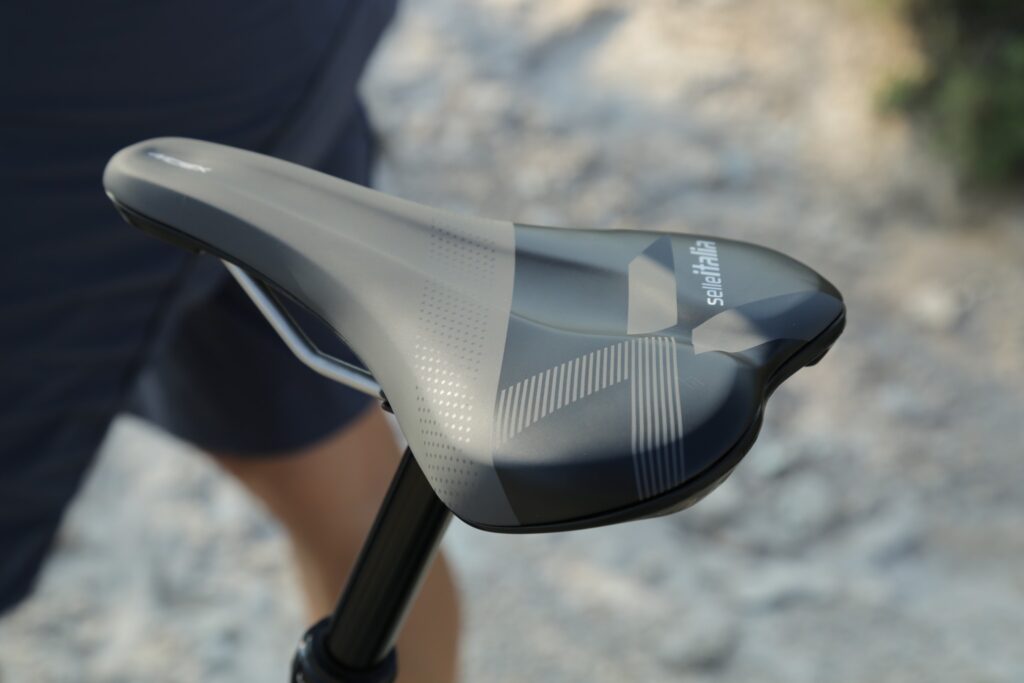
Long-Term Comfort
Considering the factors discussed for choosing a gravel bike saddle for racing, here are some of the best options available for long-term comfort:
- Brooks Cambium C13: Known for its durable, weather-resistant construction and unique flexible design, offering comfort and performance for long races.
- Fizik Terra Argo X3: A popular choice for gravel riders, providing a balance of comfort and support with a slightly wider nose and generous cutout.
- Specialized Power Pro Elaston: Features a shorter nose, wide cutout, and Elaston foam padding, ideal for aggressive riding positions while offering ample sit bone support.
- Selle Italia SLR Boost Gravel Superflow: Offers a lightweight design with a significant cutout, providing relief and support ideal for varied gravel terrain.
- WTB Volt: A versatile saddle that balances comfort and performance, suitable for a wide range of riders.
- Ergon SR Pro: Specifically designed for comfort over long distances, with a pressure-relieving channel and orthopedic foam padding.
- Fabric Scoop Shallow Elite: Known for its simplistic design, comfort, and durability, suitable for all-day gravel racing.
These saddles are highly regarded in the gravel biking community for their blend of comfort, durability, and performance, making them great choices for gravel racing. Remember, the best saddle for you depends on your individual anatomy, riding style, and personal preference, so it’s advisable to test a few models if possible.
In conclusion, choosing the right saddle for gravel racing is a combination of understanding your own needs, trying different options, and fine-tuning your setup. A well-chosen saddle can be your best ally in a gravel race, helping you focus on the ride and not on discomfort.
Happy gravel racing!
John
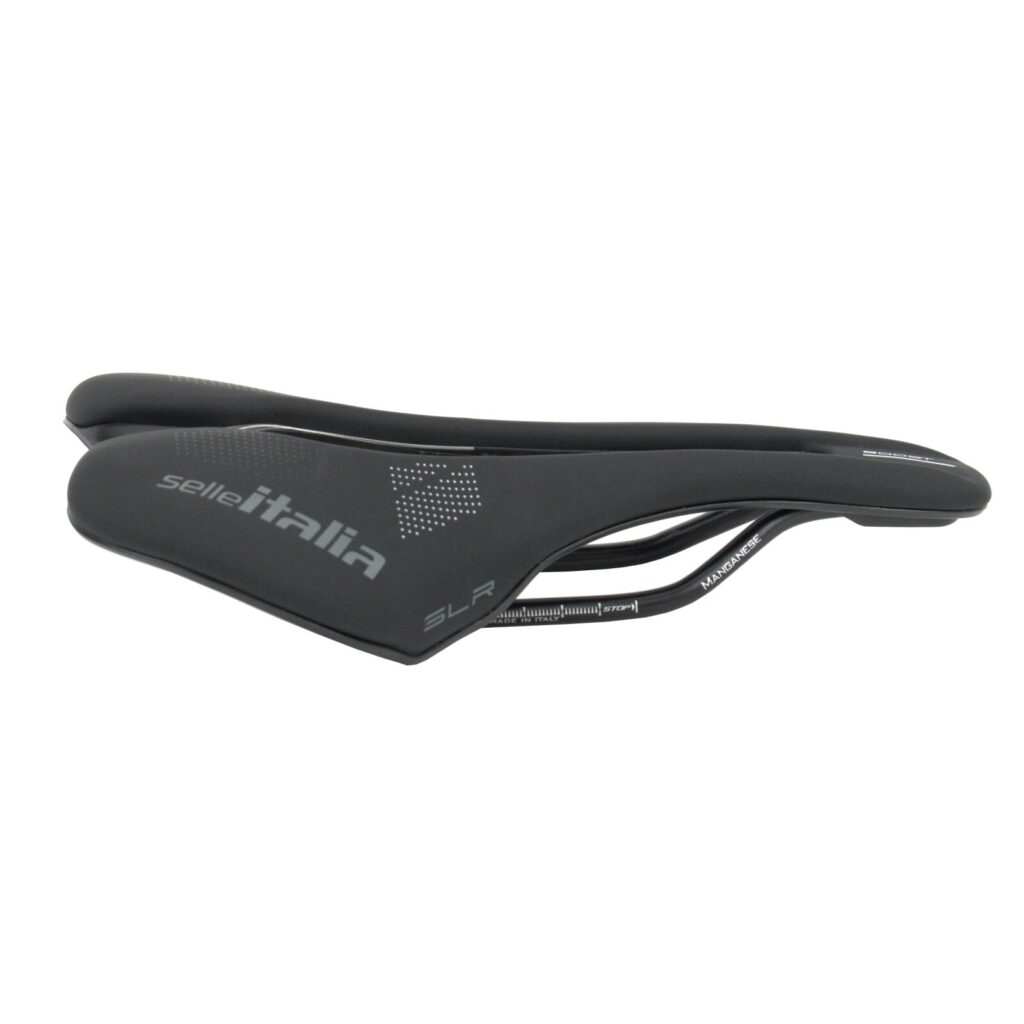
FAQ
How do I choose a gravel saddle?
To choose a gravel saddle, consider the following key factors:
- Comfort and Fit: Ensure the saddle fits your sit bone width and complements your riding position.
- Shape and Design: Look for a shape that suits your anatomy and riding style, with options like a cutout or groove for pressure relief.
- Materials and Durability: Choose materials that offer a balance of comfort and durability, suitable for varied gravel surfaces.
- Width and Padding: Select the appropriate width for your body and a padding level that provides support without excessive bulk.
- Ride Testing: If possible, test different saddles to find the best match for your comfort and riding needs.
Why are gravel saddles wider?
Gravel saddles are often wider to provide better support and comfort over the varied, often rough terrain encountered in gravel riding. The wider design accommodates a more upright riding position, distributing weight more evenly across the sit bones, which is crucial for long-distance comfort on unpredictable surfaces.
How high should saddle be on gravel bike?
The saddle height on a gravel bike should allow for a slight bend in the knee (about 25 to 30 degrees) when the foot is at the bottom of the pedal stroke. This position ensures efficient pedaling while reducing the risk of knee strain and overextension. It’s important to adjust the height to suit your individual leg length and riding style.
